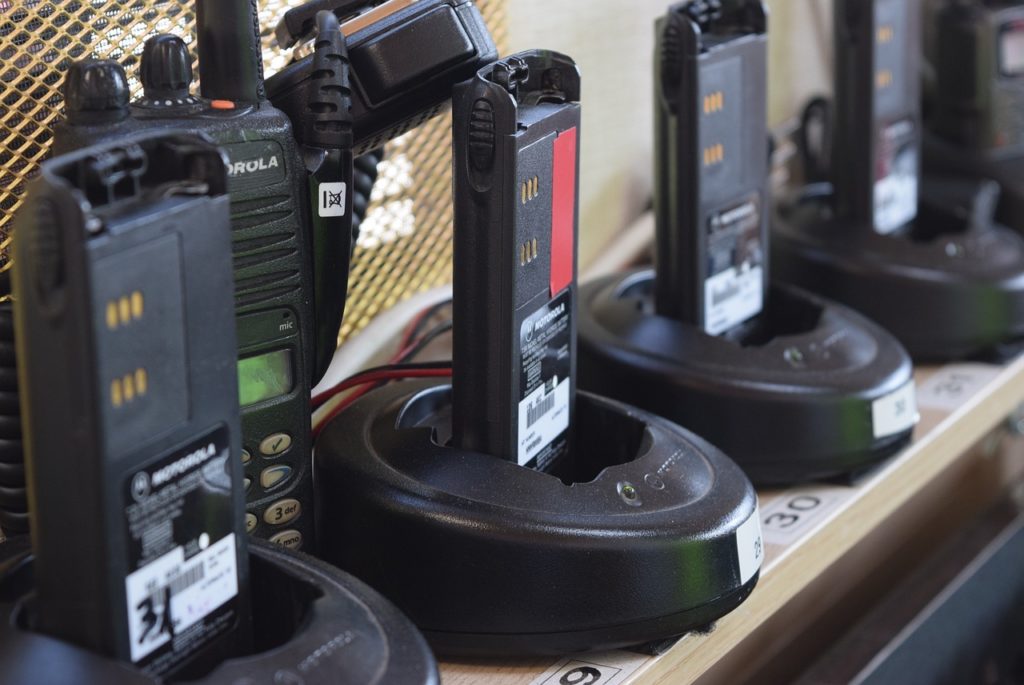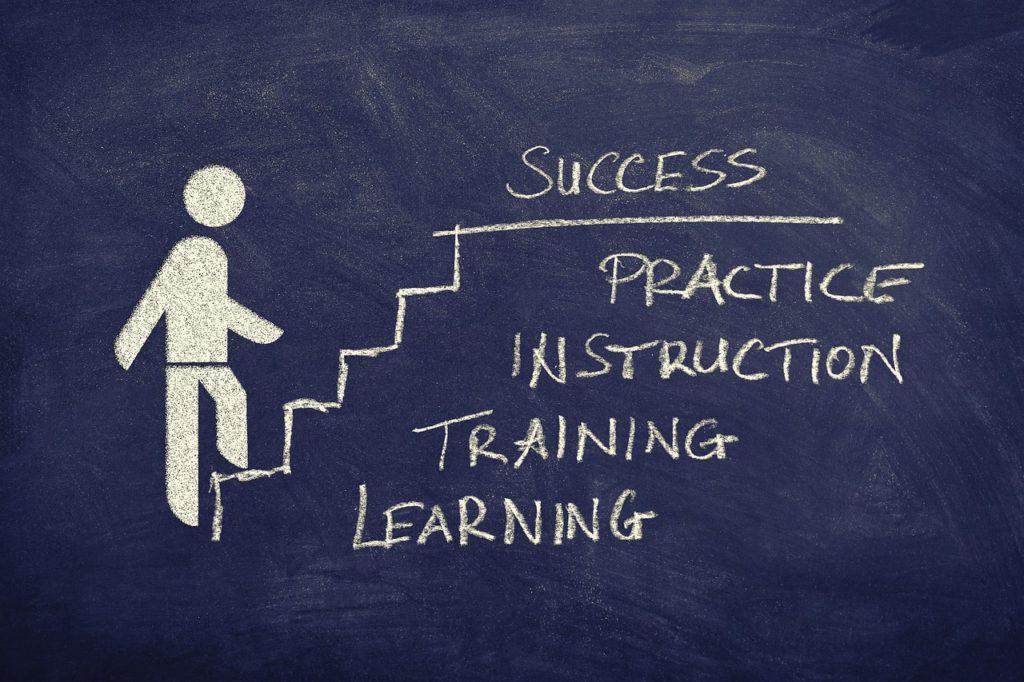The key to understanding how security guards communicate lies in the diverse methods they employ to relay crucial information and coordinate responses. These professionals often deal with emergencies and incidents where quick, accurate, and clear communication can make all the difference.
The primary channel of communication for security guards is their two-way radios. These radios allow guards to stay in constant contact with each other and with a central command or control room. They use designated codes, clear language, and pre-established signals to transmit information about suspicious activities, incidents, or emergency situations. This method ensures that everyone involved is on the same page, making it possible to respond swiftly and effectively to various security challenges. In situations that demand silence, or when speaking might escalate a conflict, non-verbal communication becomes paramount. Security professionals are trained to use these signals to convey messages, issue warnings, or give directions discreetly and efficiently.
By mastering a range of communication methods, security guards play a vital role in maintaining order and providing a reassuring presence in a variety of settings.
Two-Way Radios: The Lifeline of Security Guards

Two-way radios are the backbone of communication for security guards across various industries. These portable devices allow security personnel to stay connected and coordinate effectively. The significance of two-way radios lies in their reliability, instant connectivity, and the ability to operate on secure channels. Security guards depend on these devices to report incidents, request assistance, and stay informed about changing situations.

In high-pressure environments, such as event security or nightclub security, two-way radios enable quick responses and real-time communication. Security teams can discreetly share information or updates, ensuring the safety of everyone involved. These radios are designed to be rugged and durable, capable of withstanding the wear and tear of active duty.
Moreover, the use of two-way radios enhances the sense of unity among security personnel. They create a direct line of communication between guards, enabling them to share critical information or raise alarms promptly. Familiarity with radio protocols, codes, and procedures is essential, ensuring effective and secure communication among security professionals. The ability to communicate quickly and efficiently through these devices is what makes them an indispensable tool in the security guard’s arsenal.
In summary, two-way radios serve as the lifeline of security guards, enabling them to maintain real-time communication, respond swiftly to incidents, and enhance overall safety and security. Understanding the nuances of these devices is crucial for security professionals who rely on them to fulfill their duties effectively.
Radio Codes and Language: Cracking the Security Guard Lingo
In the realm of security, communication can be a matter of life and death. To facilitate efficient and secure communication, security guards often employ radio codes and language systems. These systems allow them to convey essential information rapidly while maintaining confidentiality and clarity. This article delves into the world of security guard lingo, exploring the use of radio codes and providing insight into military and law enforcement phonetic alphabets.Top of Form
Understanding Radio Codes and Their Importance
Security guards use radio codes, a series of numbers and phrases, to communicate quickly and discreetly over radio systems. These codes are instrumental in various security contexts, such as emergency responses, coordinating team movements, and reporting incidents.
Efficient Communication: Using radio codes allows security personnel to exchange critical information efficiently. For example, the code “10-4” signifies acknowledgment of a message, indicating that the information has been received and understood. This brevity is essential in dynamic situations, enabling guards to focus on the task at hand.
Confidentiality: In scenarios where, sensitive information must be shared, radio codes help maintain confidentiality. For instance, “Code 10-33” may be used to signal that an emergency situation is unfolding without disclosing the specific details to potential eavesdroppers.
Below is a table of ten-codes used in security and law enforcement:
| Code | Meaning |
| 10-1 | Unable to copy – Change location |
| 10-2 | Signal good – Clear to copy |
| 10-3 | Stop transmitting |
| 10-4 | Acknowledgment (OK) |
| 10-5 | Relay (to) |
| 10-6 | Busy |
| 10-7 | Out of service |
| 10-8 | In-service |
| 10-9 | Repeat (last transmission) |
| 10-10 | Negative |
| 10-20 | Location |
| 10-33 | Emergency |
Clarity and Consistency: Standardized radio codes ensure that messages are delivered clearly and consistently. Guards can convey information rapidly without ambiguity, reducing the likelihood of misunderstandings during critical operations.
The Phonetic Alphabet: Translating Words into Clear Communication
In addition to numeric codes, security guards often use the phonetic alphabet, a system where each letter is replaced by a corresponding word to prevent letter misinterpretation. This system helps enhance communication over radio transmissions.
Here is a table showing military and law enforcement phonetic alphabet codes:
| Letter | Military | Law Enforcement |
| A | Alpha | Adam |
| B | Bravo | Boy |
| C | Charlie | Charles |
| D | Delta | David |
| E | Echo | Edward |
| F | Foxtrot | Frank |
| G | Golf | George |
| H | Hotel | Henry |
| I | India | Ida |
| J | Juliet | John |
| K | Kilo | King |
| L | Lima | Lincoln |
| M | Mike | Mary |
| N | November | Nora |
| O | Oscar | Ocean |
| P | Papa | Paul |
| Q | Quebec | Queen |
| R | Romeo | Robert |
| S | Sierra | Sam |
| T | Tango | Tom |
| U | Uniform | Union |
| V | Victor | Victor |
| W | Whiskey | William |
| X | X-ray | X-ray |
| Y | Yankee | Young |
| Z | Zulu | Zebra |
Understanding the use of these phonetic alphabet codes is essential for clear and efficient communication in security roles, especially during radio transmissions.
In conclusion, radio codes and the phonetic alphabet are valuable tools in the security guard’s arsenal, enhancing the speed, confidentiality, and clarity of communication. Whether acknowledging messages or responding to emergencies, these communication techniques are essential in the dynamic and challenging field of security.
Effective Interpersonal Skills: De-escalation Through Verbal Communication

Effective interpersonal skills are an essential component of a security guard’s toolkit, particularly when it comes to de-escalation through verbal communication. In high-stress and potentially volatile situations, the ability to effectively communicate can mean the difference between a peaceful resolution and a dangerous escalation.
Security guards are often faced with individuals who may be agitated, uncooperative, or even confrontational. Being able to de-escalate these situations is crucial. This involves using verbal communication techniques that calm the situation and prevent it from spiraling out of control.
One key aspect of effective communication is active listening. Security guards must not only hear what someone is saying but also understand their emotions and motivations. Empathetic listening, where the guard acknowledges the person’s concerns and emotions, can go a long way in diffusing a tense situation.
Additionally, security personnel should be trained to use non-threatening body language and tone of voice. Simple actions like maintaining a respectful distance, adopting an open posture, and speaking calmly and clearly can help defuse confrontations.
De-escalation through verbal communication is particularly relevant when addressing issues like access disputes, unruly behavior, or conflicts among individuals within a facility or event. By employing empathetic listening, non-threatening body language, and a respectful tone, security guards can significantly reduce the likelihood of physical confrontations and ensure a safer environment for everyone involved.
The Importance of Clear and Concise Reporting

The importance of clear and concise reporting in the realm of security cannot be overstated. Security guards are entrusted with the responsibility of maintaining safety and security, and their reports play a crucial role in fulfilling this duty. Click HERE to read more about security guard reports.
Clear and concise reporting serves several key functions. First and foremost, it provides an accurate record of incidents and activities that occur within a specific area or property. This record becomes invaluable in the event of an investigation, legal proceedings, or insurance claims. It can help establish a factual timeline of events and serve as evidence, if required.
Moreover, clear reports allow security supervisors, managers, and clients to stay informed about the security situation. By providing timely and comprehensive information, security personnel help in making informed decisions regarding the allocation of resources and response to specific incidents.
Clear and concise reports also enhance communication and collaboration between security guards and other stakeholders. Law enforcement, emergency responders, and on-site personnel rely on these reports to understand the situation quickly and take appropriate action. Well-documented information minimizes confusion and ensures a coordinated response in emergencies.
Inadequate or unclear reporting can lead to misunderstandings, delays in response, and inefficiencies. Furthermore, it can hinder the overall security effort, making it challenging to identify trends, patterns, or areas that require improvement.
Security guards should receive proper training in report writing, emphasizing the need for clarity, accuracy, and thoroughness. This training should cover the specific terminology and formats relevant to the security industry, ensuring that all reports adhere to the accepted standards.
Ultimately, the ability to create clear and concise reports is a fundamental skill that every security guard must possess. It enhances the effectiveness of security measures, promotes transparency and accountability, and contributes to a safer environment for all.
Continuous Training: Keeping Security Guards Proficient in Communication Techniques

In the ever-evolving landscape of security, proficiency in communication techniques is not a static skill but one that demands continuous training and improvement. Security guards are often the first line of defense in various situations, and their ability to communicate effectively can mean the difference between a smooth resolution and a chaotic incident.
Continuous training is a fundamental component of maintaining and enhancing a security guard’s communication skills. The need for ongoing education is driven by several factors. Firstly, the security environment constantly adapts to new challenges and threats. Guards must stay up to date with the latest trends, technologies, and tactics to effectively communicate and respond to emerging risks.
Secondly, communication techniques are not one-size-fits-all. Different settings, such as a corporate office, a retail store, or a music festival, require nuanced approaches. Security personnel must adapt their communication styles to the specific context, audience, and potential risks they encounter. Continuous training helps guards tailor their skills to fit these unique scenarios.
Furthermore, improving communication skills goes beyond just talking and listening. It involves de-escalation tactics, cultural sensitivity, conflict resolution, and even crisis communication. Regular training sessions can cover these crucial aspects, ensuring that security personnel are well-prepared for various situations.
A well-trained security guard is not only an asset to the client but also to the organization they represent. Continuous training enables security companies to provide high-quality services, building trust and long-lasting relationships with clients.
It’s also worth noting that legislation and regulations related to security practices may change over time. Continuous training ensures that security guards remain in compliance with the law while providing their services.
In conclusion, continuous training in communication techniques is essential for security guards. It enables them to adapt to evolving security challenges, tailor their communication to different contexts, and master a wide array of skills essential for the safety and well-being of their clients. By investing in ongoing education, security companies can maintain their professionalism and uphold high standards in the industry.
Conclusion
In conclusion, the effective communication of security guards is an indispensable element in maintaining safety, managing risks, and fostering trust within various environments. As highlighted in this article, security professionals employ a multifaceted set of communication skills, ranging from radio codes to de-escalation techniques, to ensure the security and well-being of individuals, properties, and assets.
Effective interpersonal skills, such as active listening, empathy, and cultural awareness, enable security guards to establish rapport with the people they protect and to respond to their needs efficiently. Clear and concise reporting is the backbone of documenting incidents and maintaining accountability, both for the security provider and the clients they serve. Moreover, continuous training ensures that security guards remain adaptable, informed, and well-prepared to meet the evolving challenges of their role.
As we’ve explored the various facets of how security guards communicate, it’s evident that their role extends beyond mere observation and surveillance. Their ability to interact, intervene, and communicate effectively is integral to the overall safety and security strategy.

